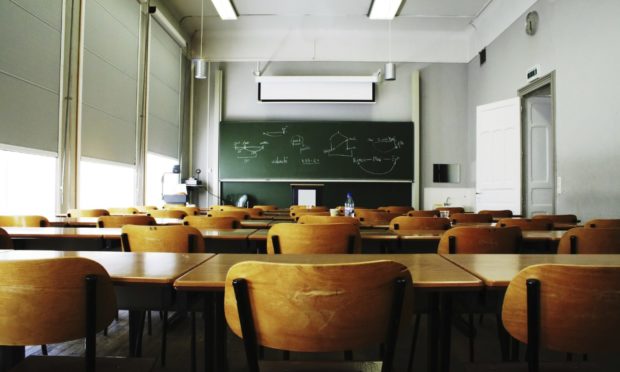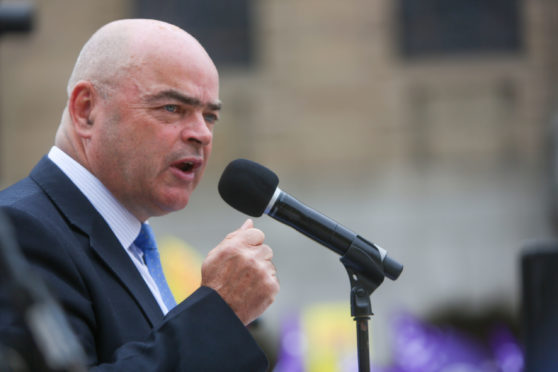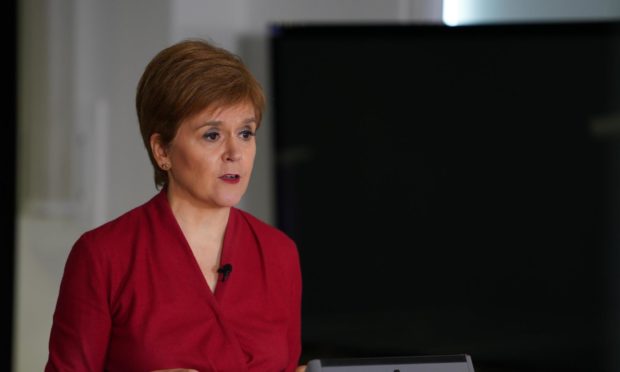Scottish schools should not be closed on a local or national level if cases of Covid-19 continue to rise, a parent group has warned.
Campaigners UsForThem Scotland said the poorest students would be disadvantaged if restrictions forced schools to close.
Tayside pupils returned to school today following a two-week October break, while Fife pupils will return to the classroom next week.
“We’ve always said that we cannot rule out, in parts of Scotland or Scotland overall, at any stage reverting to blended learning for a period but we want to avoid that if possible.”
Nicola Sturgeon.
First Minister Nicola Sturgeon said it was the government’s priority to keep schools open “as much as possible”.
However she could not rule out the possibility of closures at a later date, stating the situation would be under constant review.
However EIS General Secretary Larry Flanagan called for more clarity over the triggers which could close schools.
He said: “As a country we should be open and transparent as to the types of indicators which would trigger such a move so that pupils, parents and teachers can be as prepared as possible for such an occurrence.
“A few days’ notice, for example, would be woefully insufficient.”
Mr Flanagan also expressed concern over the lack of digital inclusivity which could hinder pupils from disadvantaged backgrounds from working remotely.
A return to blended learning will shatter pupils’ prospects and, as we saw with the first lockdown, hit poorest children the hardest.”
Jo Bisset
But Jo Bisset, UsForThem Scotland organiser, condemned the calls.
“The Scottish Government must stand up to this and ensure schools are kept open as normal, other wise children’s wellbeing and education will be harmed enormously,” she said.
“Over recent weeks the First Minister has repeatedly said keeping schools open is a priority.
“If that’s the case, she will reject this call and ensure children can continue normal schooling in a safe and familiar environment.
“A return to blended learning will shatter pupils’ prospects and, as we saw with the first lockdown, hit poorest children the hardest.”
Schools have been impacted in Wales as a national lockdown is put in place from October 23 and November 9.
Primary and special schools will reopen as normal following the half-term break, however secondary schools will only reopen to pupils in years seven and eight.
Northern Irish pupils were told to stay at home for two weeks, including the October break, with a review of the restrictions expected on November 2.
Speaking at the Scottish Government’s daily coronavirus briefing this afternoon, Ms Sturgeon said local school closures could not be ruled out.
She said: “We know that having schools closed, or even having blended learning is not as good for children as being in school normally so we will strive to keep schools open.
“Within all the tiers we will continue to take judgments on whether that’s possible or not.
“We’ve always said that we cannot rule out, in parts of Scotland or Scotland overall, at any stage reverting to blended learning for a period but we want to avoid that if possible and that remains a really important objective for reasons that I think are understood by most people.”












